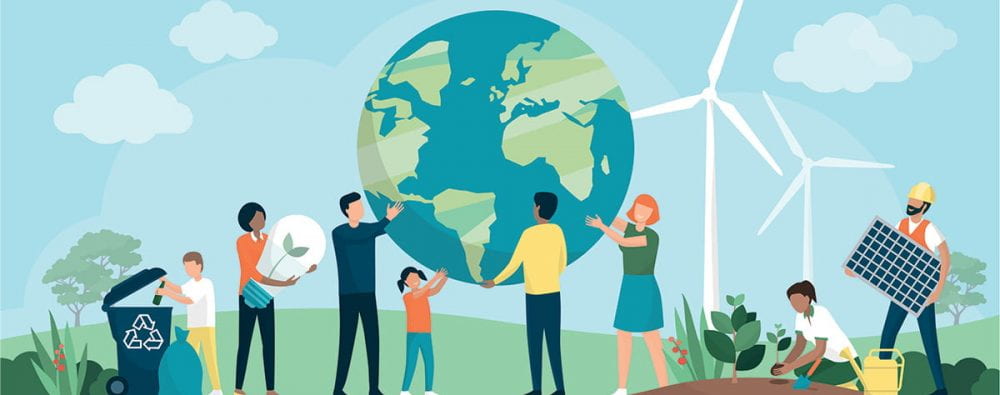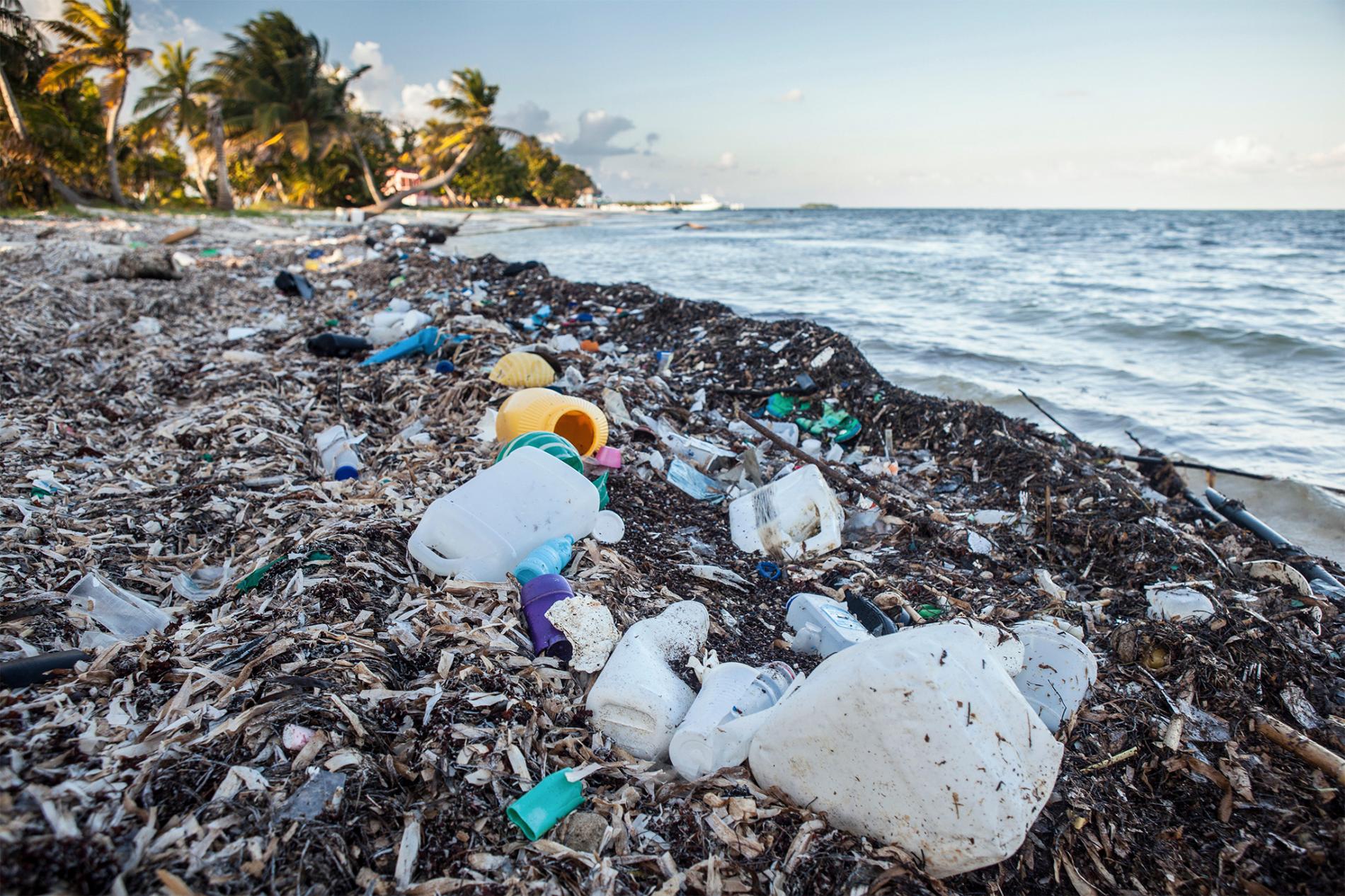The number of people worldwide who use smartphone technology is continuously increasing, now there are close to 3 billion users worldwide. More smartphones mean more opportunities for App development. There are a seemingly endless number of apps available to users, whether you have an iPhone or Android. Now, in the palm of your hands are many opportunities to step-up your environmental impact through these new apps. Here is a list of three great Earth-saving Apps and what makes them worth the download!
Earth Hero: Climate Change
Earth Hero connects you with reliable climate data from around the world, as well as practical ways to take individual action on the Climate Crisis. Earth Hero has easy signup, which took me less than 30 seconds to register for. When you first access the App you will answer five questions that give you an estimate of your carbon footprint. Once you’ve answered all the questions, you will see a breakdown of your carbon emissions compared to the U.S and the rest of the world. It’s time for change! You can set personal climate goals and track your progress on reducing your emissions. Can’t think of any climate goal? Well, don’t worry because Earth Hero Provides hundreds of actions you can apply to your life.
Brightly: Eco-Community
The Brightly App is another great app for sustainable living. The Brightly app is unique because of its interactive nature. Brightly connects you with thousands of other environmentalists who are interested in a wide range of sustainable topics. You can meet people through direct messaging them, or you can join one of the hundreds of group chats that are available based on your interest. For example, I love being a plant mom, so I joined a group forum called “Plant Lovers”. Brightly also has a tab for all current climate news and a tab for sustainable searching by topic. Topics include; shopping guides, home and lifestyle, fashion, beauty and wellness, food and kitchen, and environmental podcasts. If you’re looking to join a global community of environmentalists then this is the app for you!
My Little Plastic Footprint (MLPF)
It is MLPF’s mission to help you improve your plastic footprint by going on a “plastic diet”. The world consumes too much plastic, but you have the opportunity to reduce your use of plastic. MLPF starts by calculating your Plastic Mass Index (PMI), which is based on the number of plastics you consume, the size of those items, the frequency of their use, the probability of that plastic ending up in the environment, and the availability of alternative products. By using this app, you can find alternatives to your plastic products, and educate yourself by taking quizzes that help educate you on the uses of plastics and how to reduce that use. For example, Did you know that you can easily make your own deodorant? No? Me either, before taking the MLPF bathroom quiz. I encourage you to download the MLPF app and discover all the easy and fun ways to go on a “plastic diet”.
Now making an individual impact on the Climate Crisis is even easier through the use of smartphone technology. Hopefully, one, if not all of these apps interest you enough to download. Each of these apps has such valuable information at your fingertips. Download now and be the change! Tag @envirojunkiess on Twitter and let us know about your environmental journey!





